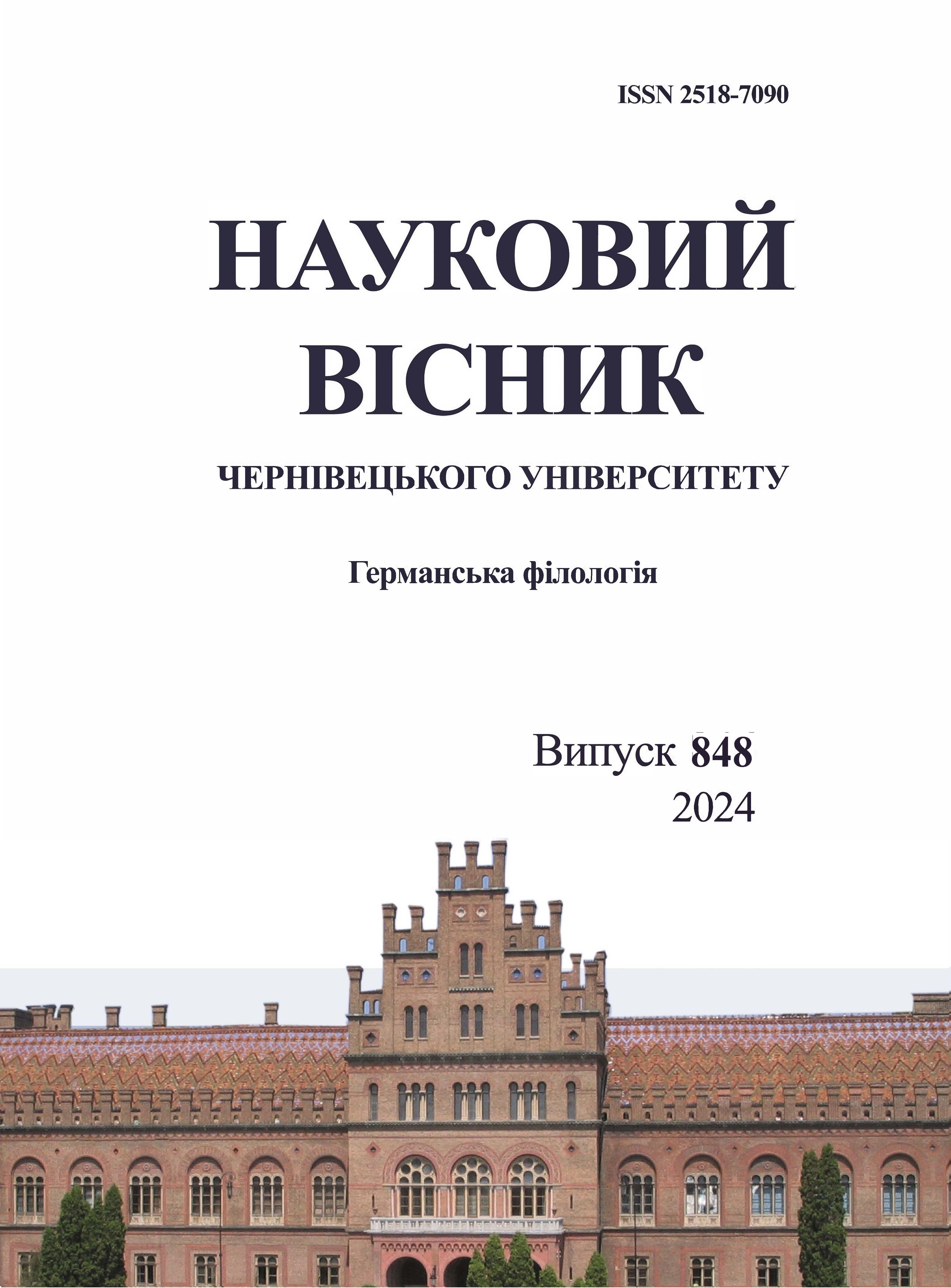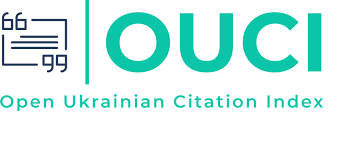СЕМАНТИЧНА ДИФЕРЕНЦІАЦІЯ ІМЕННИКІВ-ОМОНІМІВ СУЧАСНОЇ НІМЕЦЬКОЇ МОВИ
DOI:
https://doi.org/10.31861/gph2024.848.94-104Ключові слова:
омонім, лексико-семантична група, семантична диференціація, соціальний, ареальний, хронологічний і стилістичний маркериАнотація
Стаття присвячена встановленню семантичних особливостей омонімів та способів їхньої семантичної диференціації в мовленні. Загальна кількість досліджуваних іменників-омонімів, виокремлених на основі суцільної вибірки з тлумачних словників Duden (2023), Langenscheidt (2019) i Wahrig (2018), складає 2128 лексичних одиниць, об’єднаних в 1018 оморядів. Компонентний аналіз іменників омонімів виявив, що найбільша їхня кількість позначає людей або їхні групи, а також штучні речі. Далі слідують за спадом лексико-семантичні групи на позначення соціального статусу людини, географічних назв, фауни, механізмів і пристроїв, харчів і напоїв, міри, дій, флори, мистецтва, мови, атрибутів людини, будівель, абстрактних понять, природних речей, просторових об’єктів тощо. Статистичні обрахунки показують переважання серед омонімів, наведених у словнику першими або другими, конкретних понять, а третіми, четвертими і п’ятими – абстрактних понять, тобто спостерігаємо тенденцію руху від конкретної до абстрактної
семантики. Такий розподіл відповідає загальному принципу організації різних видів людської діяльності, включно з мовною (від простого до складного, від відомого до невідомого, від конкретного до абстрактного).
Встановлено, що семантична диференціація омонімів у системі мови полягає в тому, що вони в переважній більшості випадків (у 86% на прикладі нашої вибірки омонімічних іменників) належать до різних лексико-семантичних груп. Розмежування омонімів, які входять до однієї й тієї ж ЛСГ, відбувається за допомогою граматичного роду, різної форми множини, соціальних, ареальних, стилістичних або хронологічних маркерів. Це дозволяє досить чітко розмежувати їхні значення. У зв’язку з цим слід переглянути категоричні твердження, згідно з якими омонімія є певною перешкодою в процесі комунікації. Вказані вище чинники достатньо чітко диференціюють значення омонімічних одиниць, а тому проблема, яке зі значень варто вибрати для коректного розуміння повідомлення, постає перед слухачем не так часто, як видається.







